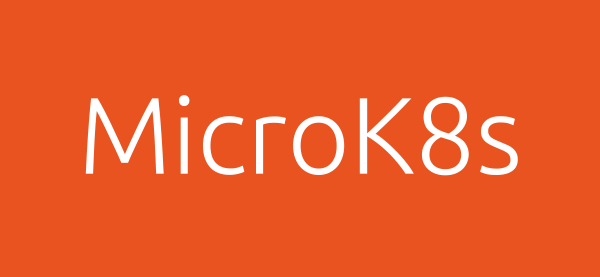Articles
GitLab Microk8s >1.24 certificate based integration

With newer versions of Microk8s, its GitLab integration changes slightly. Here are the key differences
Solving Kong latency problems in Kubernetes

Kong is a popular API gateway that can be used as a reverse proxy for clients to access back-end services. It can be run as a Docker container and, as such, can be deployed to Kubernetes. However, when doing so, requests might be severely impacted by unusually high latency. This can be solved by configuring the order in which Kong resolves DNS records.
Microk8s manage SSL certificates DNS entries
Microk8s provides settings to add a custom domain to its DNS settings. This article presents how to do so.
Updating Ingresses to networking.k8s.io/v1

Using Ingress with the extensions/v1beta1 API has been deprecated in Kubernetes 1.14 and will be removed in 1.22. This article presents how to update an existing manifest to the new API, networking.k8s.io/v1.
Deploy a Neo4J instance in Kubernetes
Using this manifest, a Neo4J instance can be deployed in a Kubernetes cluster
Generic Kubernetes manifest for web application deployment
Deployment name, container registry and service port are externalized, making this manifest general-purpose
Kubectl pull new version of image without changes to manifest
When using kubectl apply using an already applied and unchanged manifest file, nothing happens on the Kubernetes cluster. However, deployments can be configured so as to always pull a new version image upon restart. This is achieved using the, <code>imagePullPolicy: Always</code> parameter:
Kubectl create deplpoyment and service at same time
Simply add entries for both the deployment and the service in the same manifest, separeted by ---
Dissecting a Kubernetes manifest

Kubernetes manifests can seem quite daunting at first, but it is important to understand that their apparent complexity is simply a result of the large number of customization options. In the end, manifests are used to deploy resources that interact with each other, which, among others, lead to the correct operations of containerized applications. Consequently, resources specified in a manifest must be configured accordingly. This article aims at explaining how manifests are structured to do so.
Kubernetes and Docker equivalence

Kubernetes is a container orchestration system. As such, it features functions that are similar to that of Docker. If a container can be run with the Docker CLI, it can also be run equivalently using Kubernetes. This articles highlights such equivalence by presenting how to deploy a PostgreSQL instance using both technologies.